- Joined
- Jan 31, 2016
- Messages
- 11,454
Well no one actually told me to move over 1/2". The machine itself told me not to move over 1/2" and not to take off 0.020" the first day I put it together and a turned it on
How far did it go ?

Well no one actually told me to move over 1/2". The machine itself told me not to move over 1/2" and not to take off 0.020" the first day I put it together and a turned it on

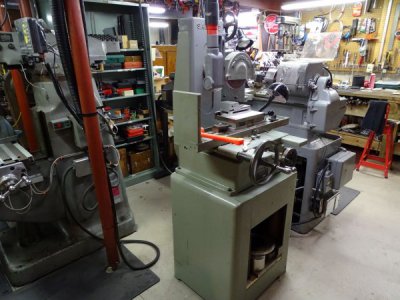
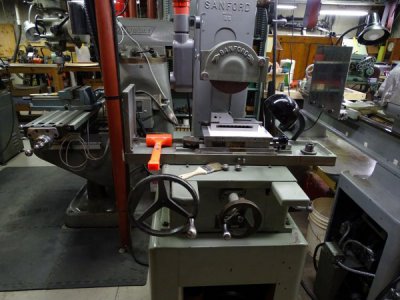
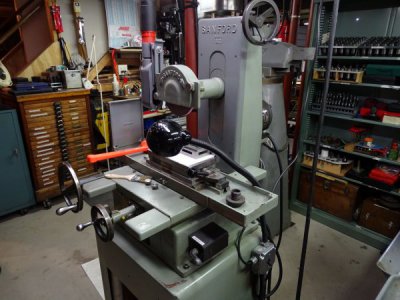
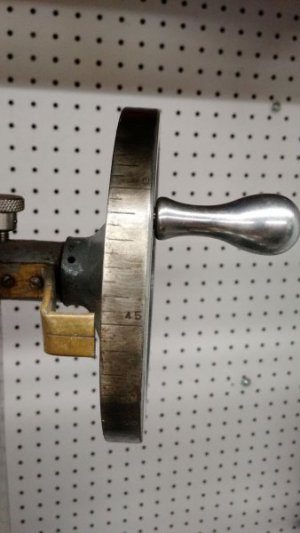
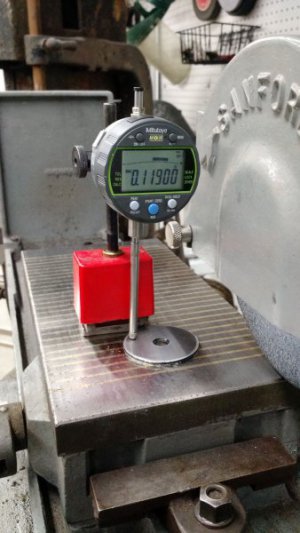
Mercedes, for first time grinding, you got terrific results. As your skills improve, and when you are familiar with the quirks of the machine, you will do better. Good grinder hands take about 10 years to reach their potential. It's not all in the machine.
